Mount Everest: Altitude sickness claims third death in three days
- Published
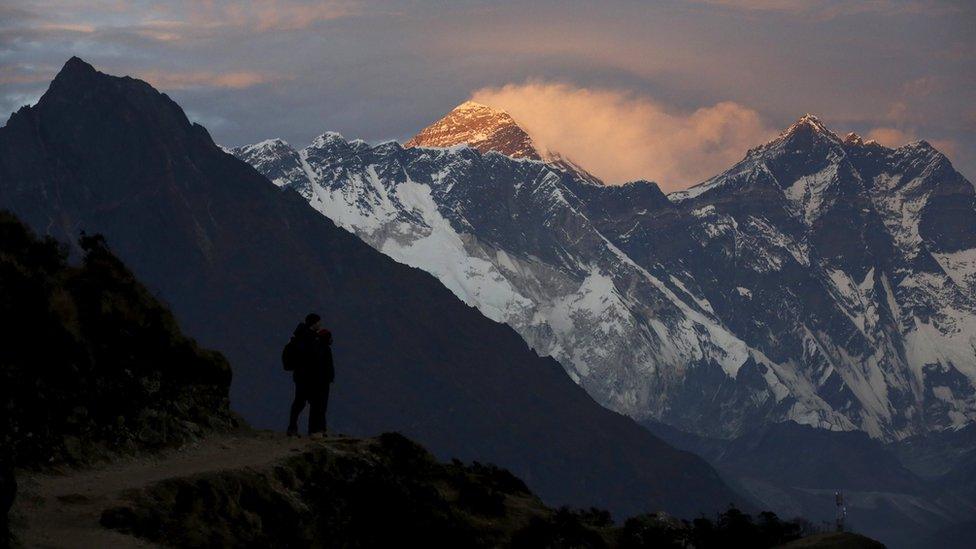
The peak has lured climbers for generations
An Indian climber has died on Mount Everest, becoming the third fatality in as many days on the mountain.
Subhash Paul died on Sunday after reaching the summit a day before, as Sherpa guides were helping him descend.
A Dutch man and an Australian woman both died earlier in the weekend as a result of altitude sickness.
Some 30 climbers have suffered frostbite or become seriously ill on Everest in recent days, as the spring climbing season comes to a close.
Two other Indian climbers who had been with Mr Paul have also been reported missing in the so-called "death zone" near the summit.
However the mountain's most successful female climber reached the summit for the seventh time on Friday.


What is altitude sickness?
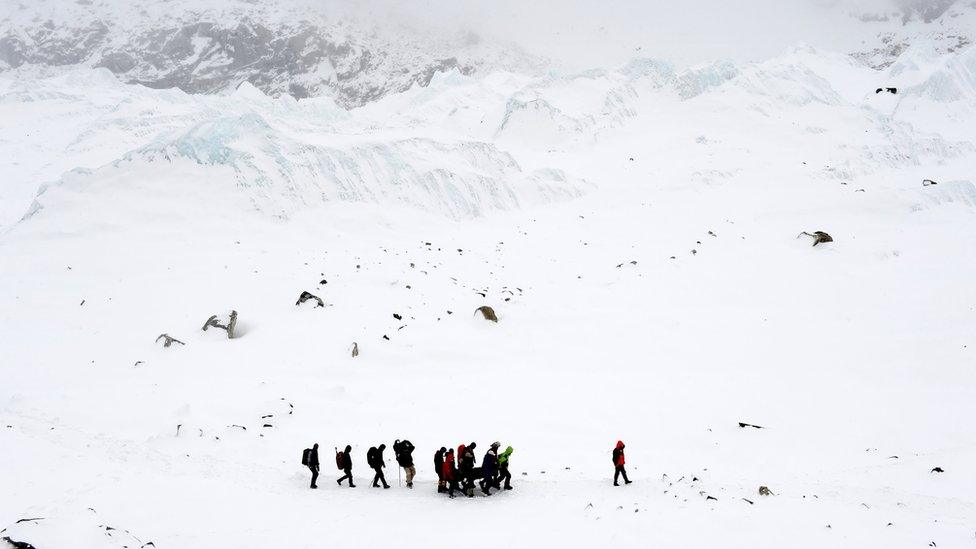
Last year's earthquake killed at least 18 people in the Nepal-side Base Camp, and thousands more across the country
Altitude sickness, also known as acute mountain sickness, occurs when people have difficulty adapting to low oxygen levels at high altitude.
Most cases are mild and result in headaches, nausea or dizziness, but in rare cases there can be a potentially fatal build-up of fluid on the brain and lungs.
What are the chances of getting it?
It can affect anyone that goes above 8,000ft (2,500m). But Tibetans are said to possess a gene allowing them to cope with life at high altitude.
Around 30% of people experience a mild form of the condition and recover naturally, but between 1-3% develop the most severe form. It is not unusual for it to claim lives on Everest.
Is there any way to cure it?
Sufferers are advised to immediately go to a lower altitude and consume fluids and bottled oxygen. Drugs which reduce the severity of symptoms are available, but can have side-effects.

This is the first climbing season for two years on Everest.
In 2014, 16 guides were killed in an avalanche, leading to protests that prematurely ended the season, then an earthquake in Nepal last year killed at least 18 people on the mountain and closed climbing routes.
With the mountain open again, climbers have been taking advantage of good conditions in large numbers, with nearly 400 reaching the summit from the Nepalese side since 11 May.
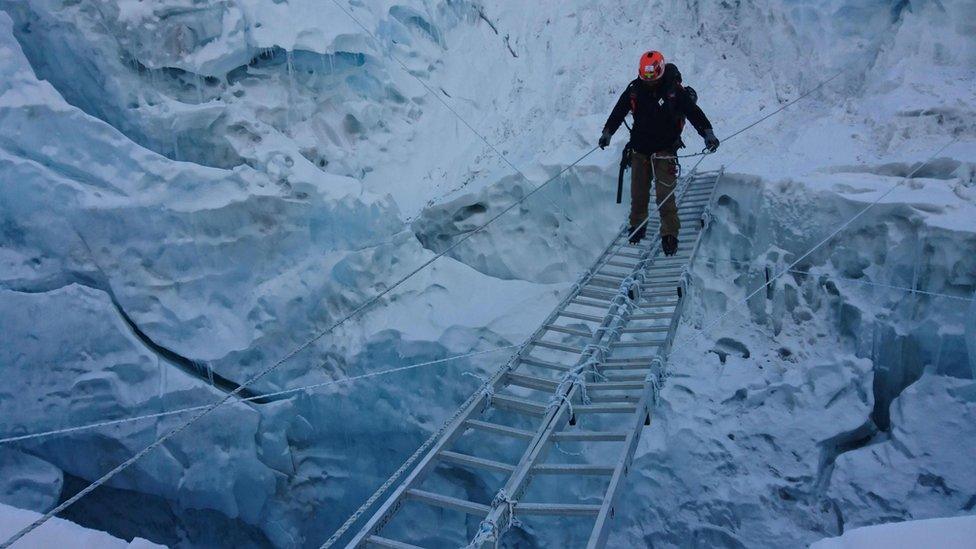
Most climbers are now beginning their climb down from the higher camps as spring climbing season slowly comes to an end
There have been successful ascents from the Chinese side too, including Lhakpa Sherpa, a Nepalese woman living in the US, who reached the peak from Tibet on Friday, breaking her own record for the most Everest climbs by a woman.
'Never a close call'
Dutch climber Eric Ary Arnold died on Friday after reaching the summit, then on Saturday, 34-year-old Australian woman Maria Strydom, born in South Africa, died while descending.
Ms Strydom, a vegan, had been attempting to climb Everest with her husband - who has survived - in an effort to prove that vegans could "do anything".
"It seems that people have this warped idea of vegans being malnourished and weak," Ms Strydom is said to have told the Monash Business School, where she was a lecturer.
Her sister, Aletta Newman, told Reuters the couple were "always extremely well-prepared, they trained really, really hard before each event that they did. There was never any incident before this one."
Mr Paul's team mates, Paresh Nath and Goutam Ghosh, have been missing since Saturday, Wangchu Sherpa from the Trekking Camp Nepal agency in Kathmandu told the Associated Press. He said they were unlikely to be able to survive.
Most climbers are now beginning their climb down from the higher camps as spring climbing season slowly comes to an end, according to an official at the Department of Tourism.
Speaking to the BBC, Gyanendra Shrestha, a Nepalese official at Everest Base Camp, said snow blindness, altitude sickness and fatigue were very common health issues at high altitudes, although most people recover once they descend the mountain.
- Published11 May 2016
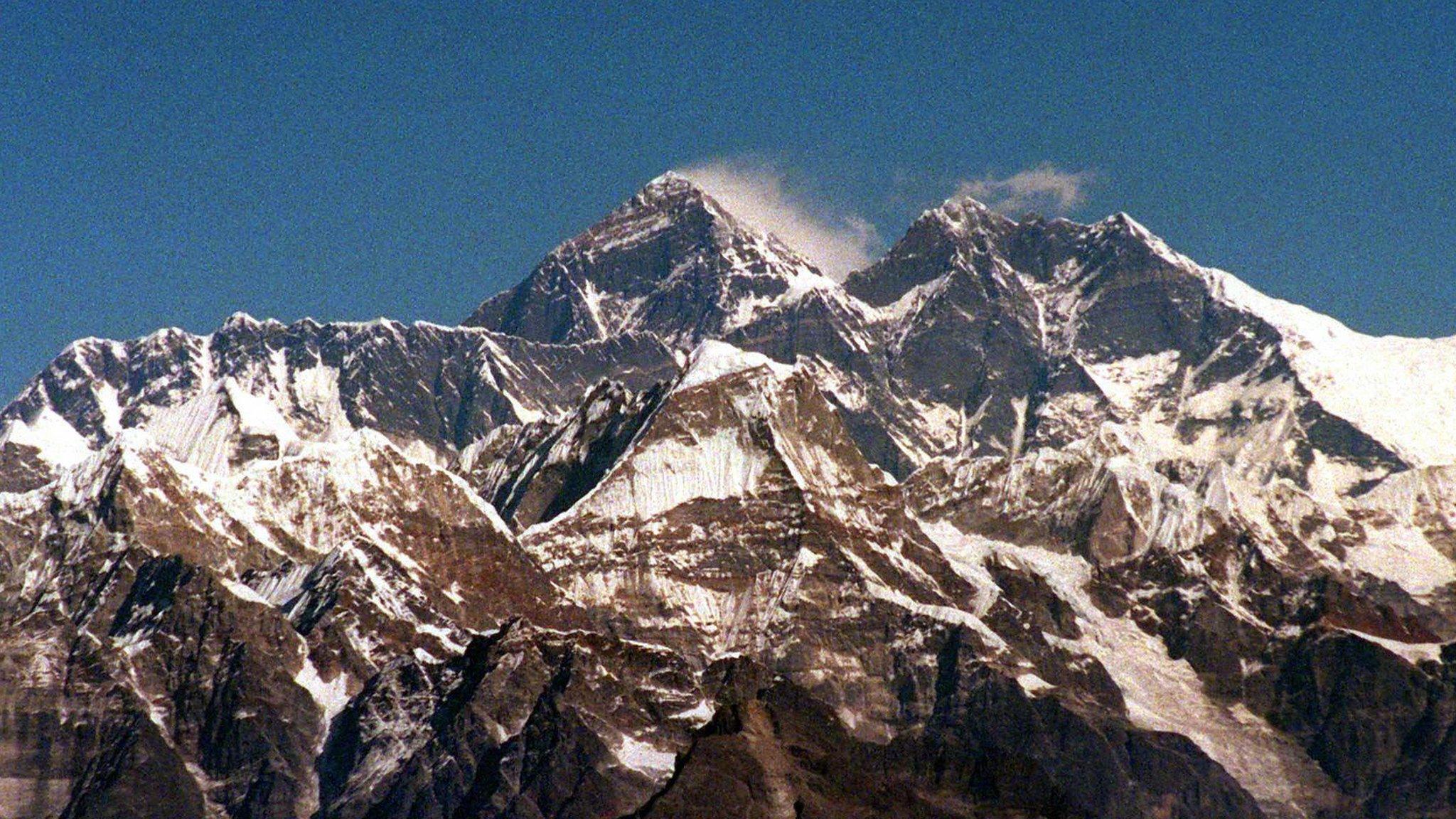
- Published11 May 2016

- Published29 April 2016
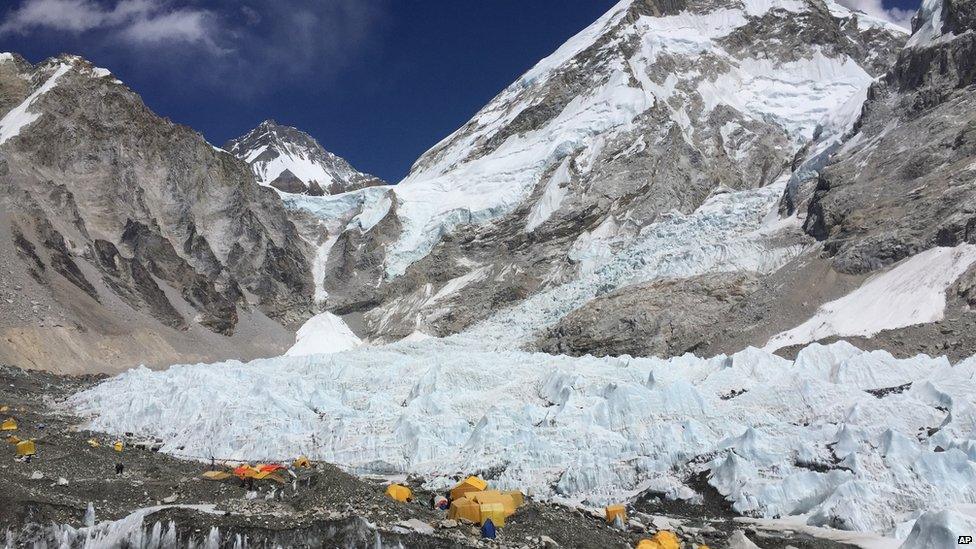
- Published1 March 2016
